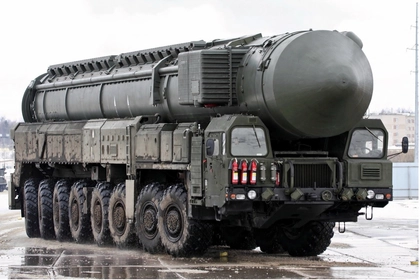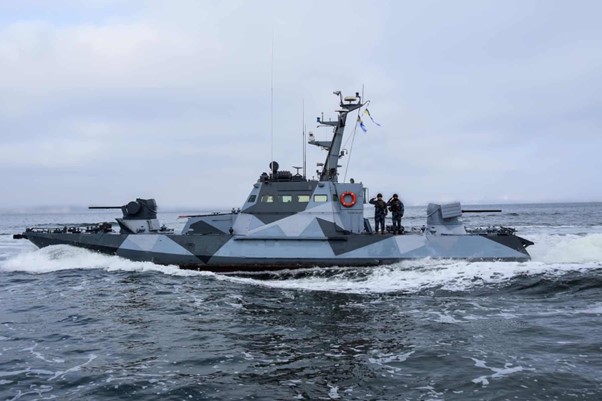The Wall Street Journal, citing American officials, reported that in February 2022, Russia launched a satellite into space designed to test components for a potential anti-satellite weapon capable of carrying a nuclear weapon.
According to the WSJ’s sources, the satellite is a “prototype” of the weapon, while other sources are confident that the Russian program to develop anti-satellite weapons has not progressed that far.
JOIN US ON TELEGRAM
Follow our coverage of the war on the @Kyivpost_official.
The sources say that the prototype satellite, does not carry nuclear weapons, but its launch relates to the ongoing Russian nuclear anti-satellite program.
This weapon, if deployed, would allow the Kremlin to destroy hundreds of satellites in low Earth orbit, specifically American satellites, including the Starlink satellite network, which is critical for Ukraine, the report said.
The testing involves the Kosmos-2553 satellite, launched into orbit from the Plesetsk Cosmodrome on Feb. 5, 2022.
Work on the creation of nuclear-powered aircraft began in the USSR in the 1950s. The Soviet military launched satellites containing nuclear power plants into space, one of which fell onto Canadian territory in 1978.
According to other officials interviewed by WSJ, the Kosmos-2553 satellite also secretly functions as a platform for research and development of components of new non-nuclear weapons systems that Russia hopes to deploy in the future.
Russia insisted that the satellite was for only scientific research, but US officials dismissed that claim as implausible.

Smoke and Mirrors? Putin’s ‘New’ Oreshnik Missile Could Be 7 Years Old
The Ministry of Defense of Russia, commenting on the launch of the satellite back in 2022, stated that it was launched in the interests of the Russian military department and that it is equipped with “on-board instruments and systems for their processing under the conditions of exposure to radiation and heavy charged particles.”
US Assistant Secretary of State Mallory Stewart questioned that explanation in a public statement earlier this month, without naming the specific satellite.
She said the orbiter is in a region not used by any other spacecraft, “which is somewhat unusual in itself.” Stewart added that the orbit is a region with higher radiation levels than normal low-Earth orbits but not high enough to allow accelerated electronics testing, as described by Russia.
She said that the United States has known that Russia has sought to build such a capability for years, but only recently has a more accurate assessment of their progress been made.
The US government in February announced it had obtained intelligence Russia was developing a nuclear device designed to be detonated in space to take hundreds of satellites in low Earth orbit off-line.
Russia used its United Nations Security Council veto on April 25 to vote down an amendment proposing space be kept nuclear-weapons free, with the People’s Republic of China the only state abstaining.
The other 13 countries serving on the 15-member Security Council were in favor of the resolution calling on all countries, particularly those already space-capable, to commit to preventing the use of nuclear weapons in outer space.
The US was the lead proponent of the measure that, had it been passed, reinforced a 1967 treaty banning the deployment or use of nuclear weapons or weapons of mass destruction from space by any UN member state. Japan was a co-drafter of the resolution.
Russian ambassador Vassily Nebenzia said that Moscow opposed the measure because the amendment to the treaty would ban “all weapons” in space, a condition unacceptable to the Kremlin.
US Ambassador to the UN Linda Thomas-Greenfield accused Russia of being warlike and unwilling to put the good of humanity ahead of its perceived strategic priorities.
A nuclear explosion in space, by any state, could destroy “thousands of satellites operated by countries and companies around the world – and wipe out the vital communications, scientific, meteorological, agricultural, commercial, and national security services we all depend on,” Thomas-Greenfield said.
You can also highlight the text and press Ctrl + Enter










